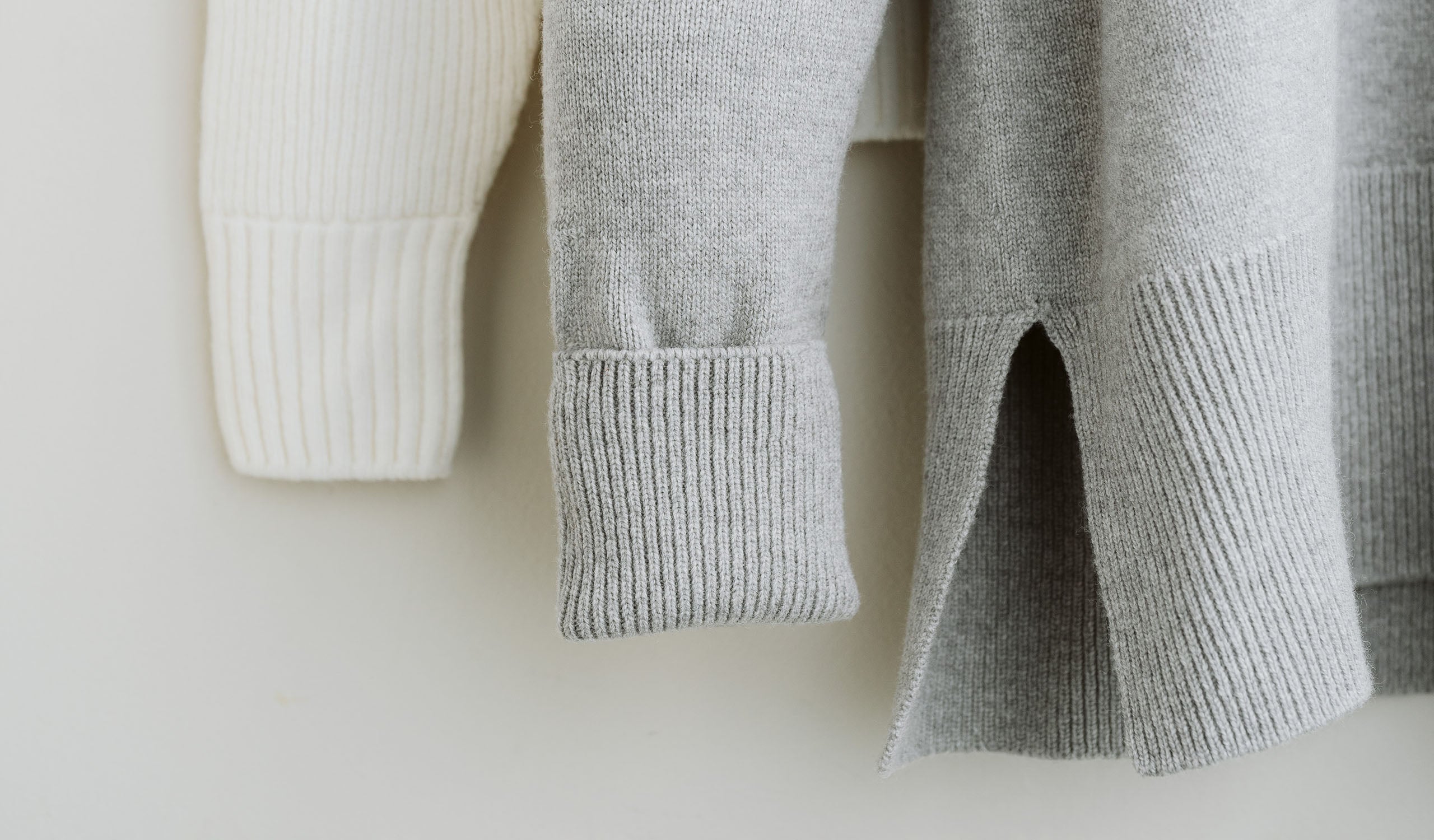
Properly cared for, a merino garment is a lifelong travel companion. On this page, you will find instructions for washing, airing, brushing, de-pilling, and storing merino garments. Take note of our best tips for caring for your merino garment and enjoy your merino garments for many years!
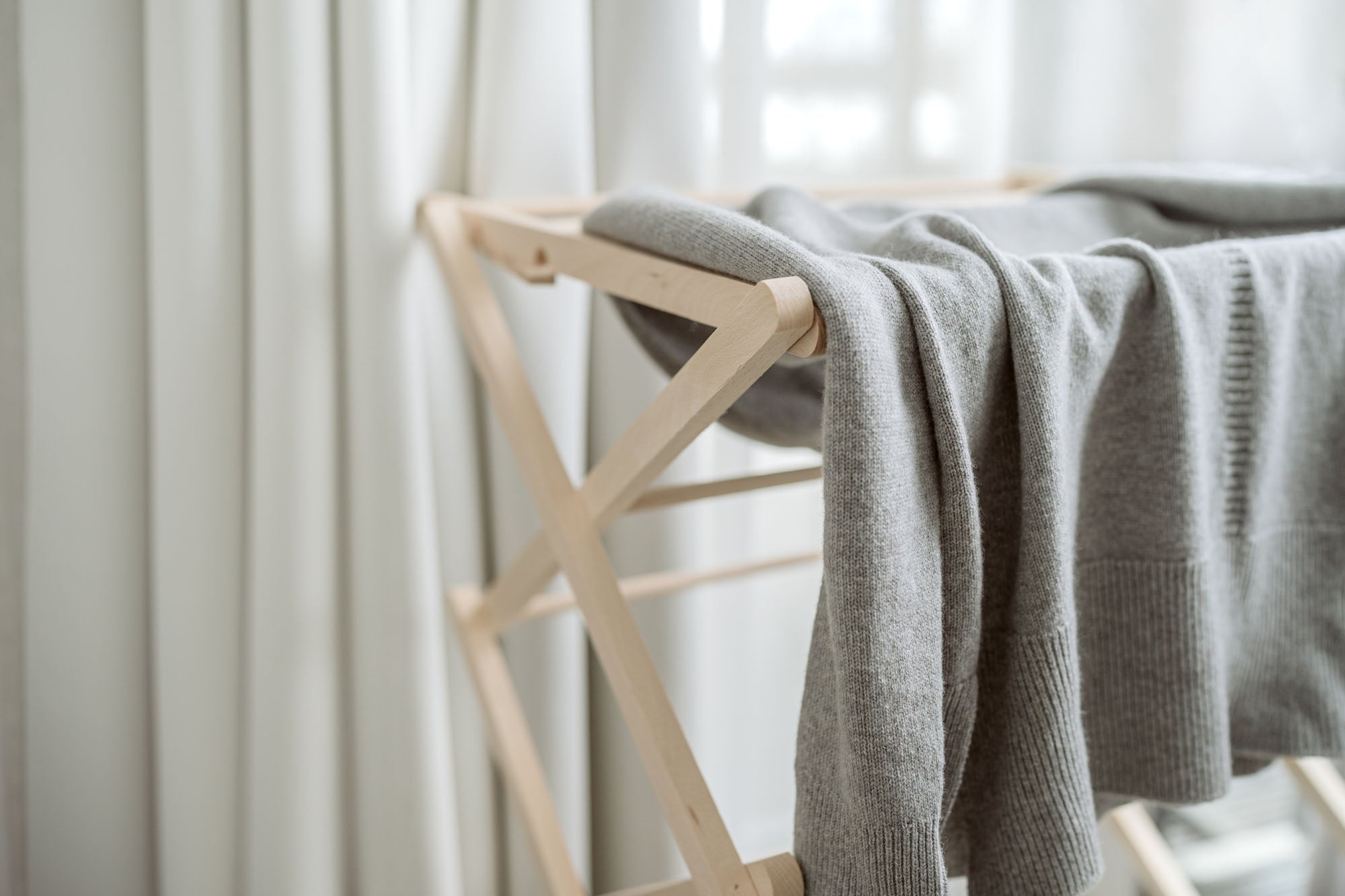
Sea Clothing Ventilation
Merino wool very rarely needs washing, as wool fibre naturally repels dirt and odours. Therefore, the most important maintenance measure for marine clothing is ventilation. The ability of merino wool to clean itself in fresh air greatly reduces the need for traditional water washing. Ventilation removes all odours - including the smell of smoke and sweat. Ventilation is also the most important maintenance measure for merino wool socks and clothing. Wool has an amazing ability to clean itself, even when it comes to socks.
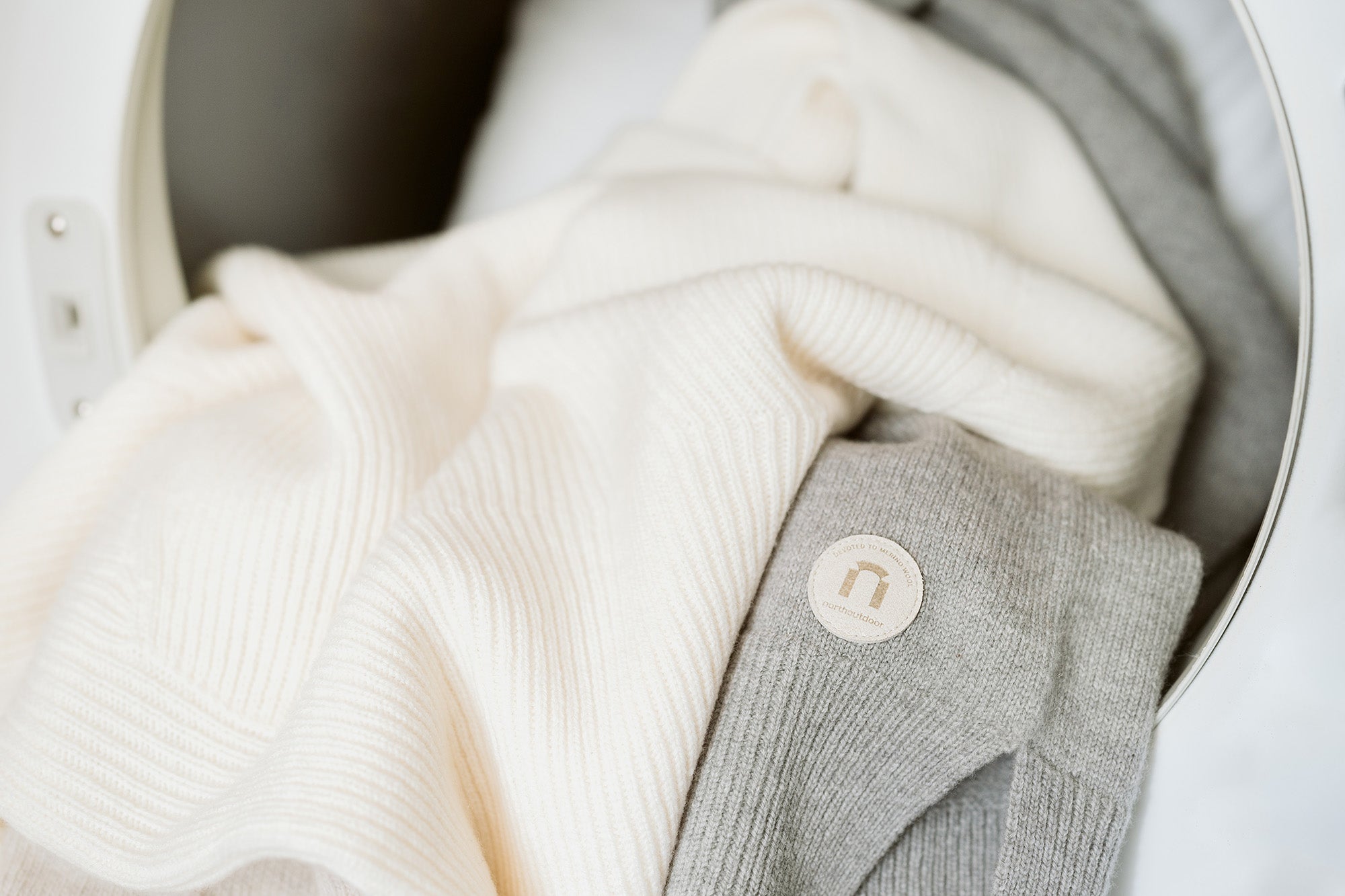
Washing seaweed clothing
It is not always necessary to wash your merino wool garment completely if it becomes visibly dirty. Cleaning is quick when you hand wash a simple stain as soon as it is fresh. Always use a washing bag with machine-washable merino garments, wool detergent (pH 7 or below) and a 30°C wool/soft wash programme with the lightest spin cycle. We recommend wool detergent also with hand-washable merino garments.
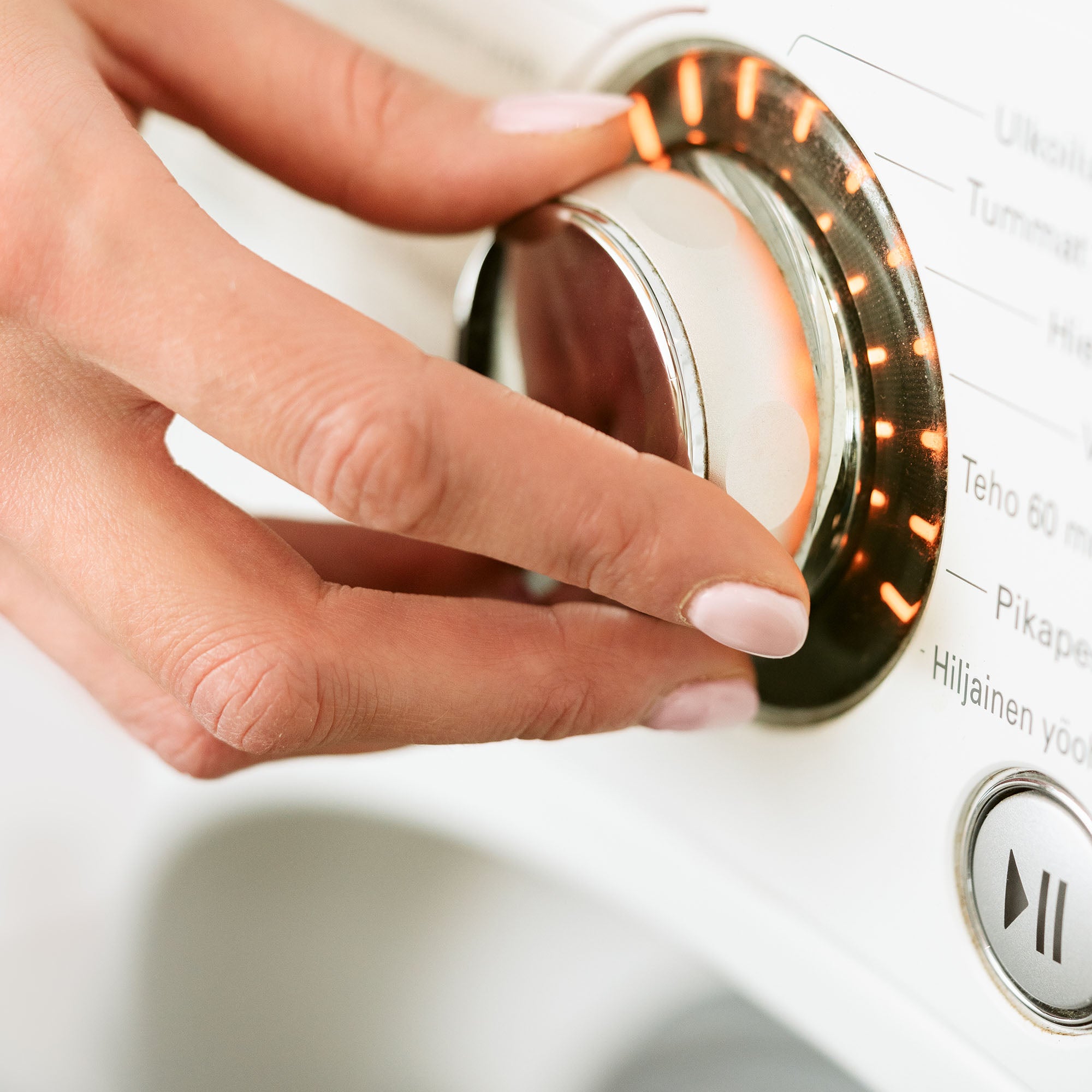
Choosing the right washing temperature
You will always find the exact washing instructions for each garment on the North Outdoor garment wash sheet and on the product card on the website. The most common recommended washing temperature for North Outdoor merino wool garments is 30 degrees.
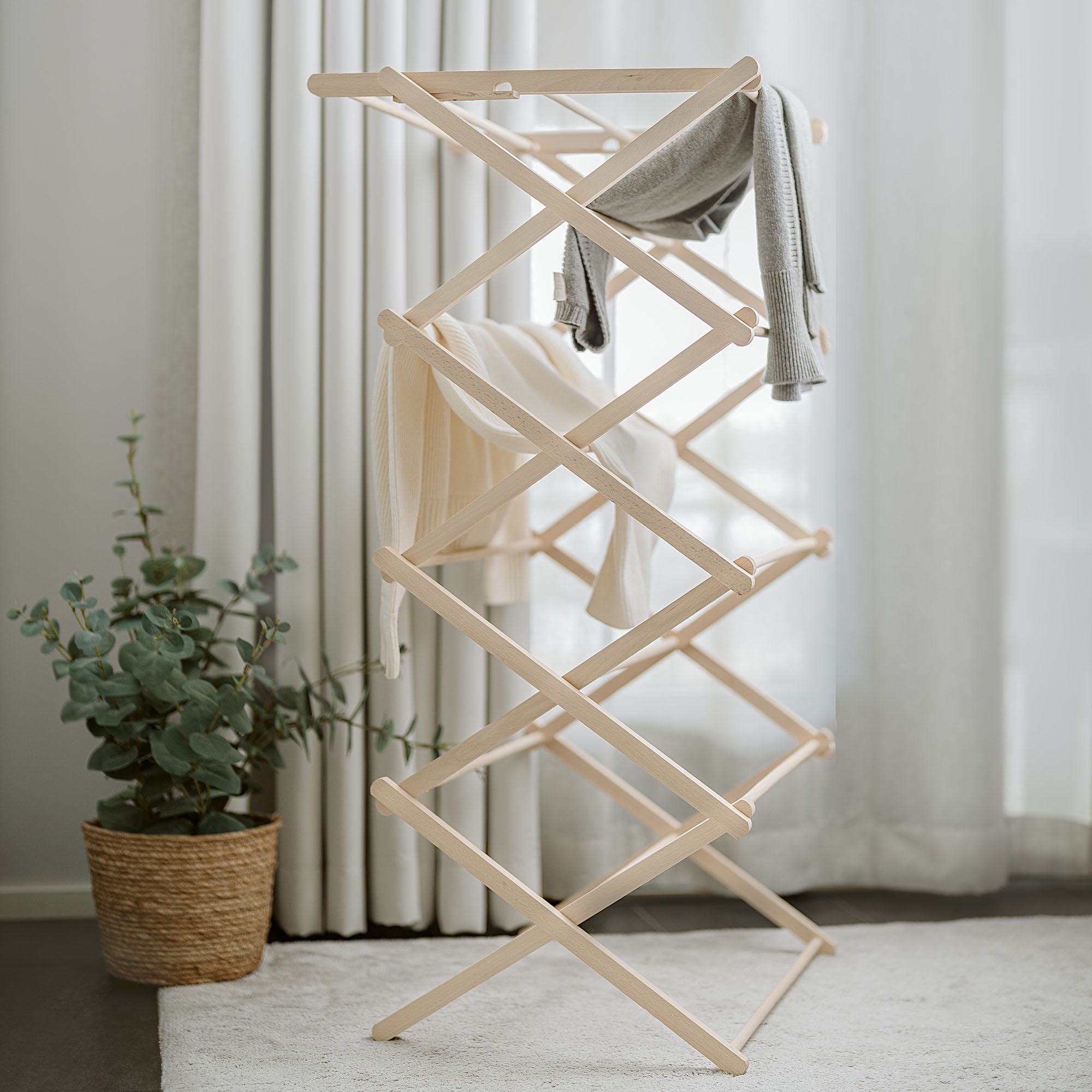
Drying of merino garments
Do not use a tumble dryer for wool garments. If your merino wool garment seems to have shrunk during washing, you can shape it back to its correct shape while damp. Prefer tumble drying, especially for heavy knits and sweaters.
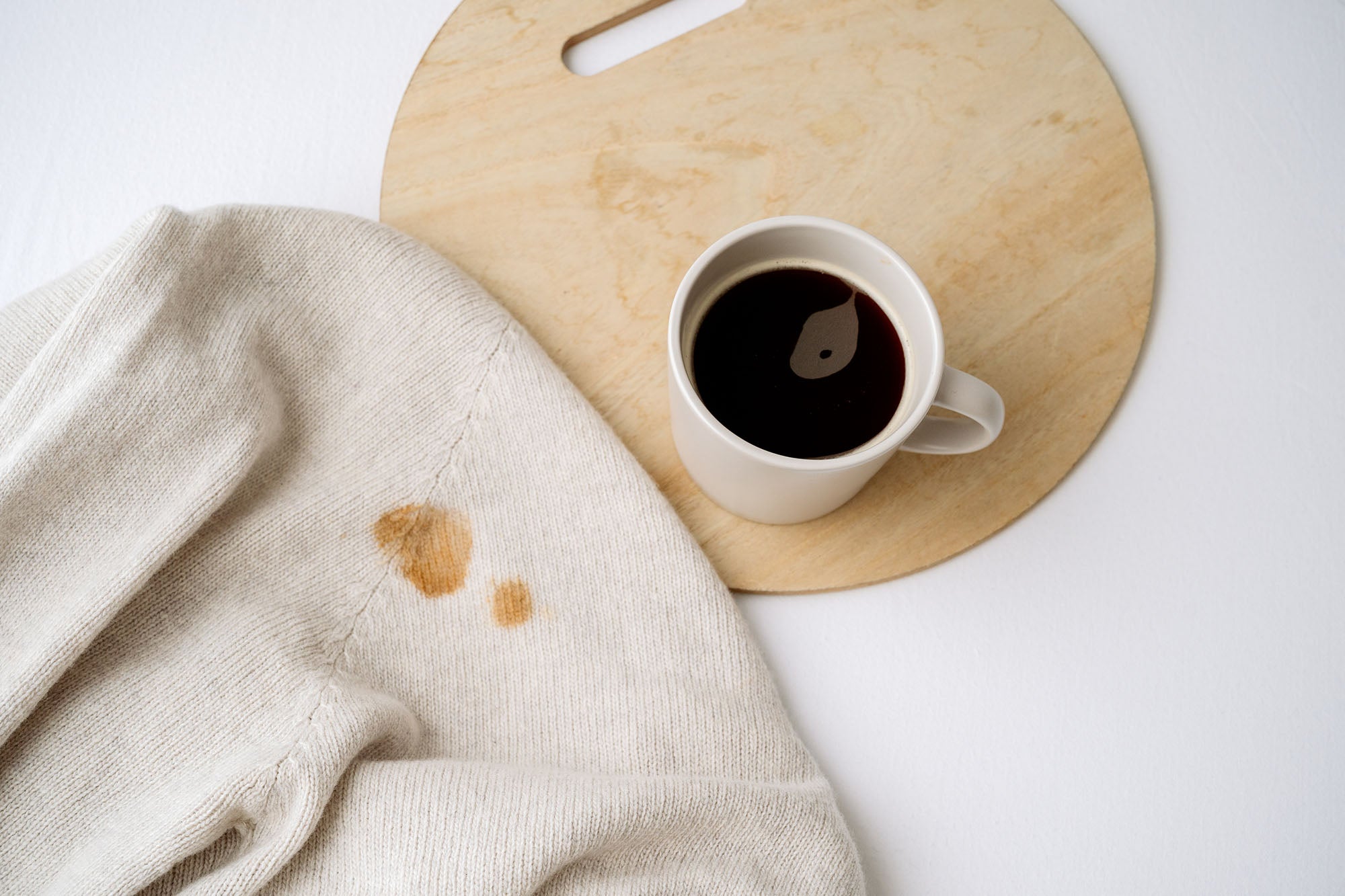
Removing stains from merino garments
Did you accidentally spill your morning coffee on your marine clothing? Don't worry! Merino wool naturally repels dirt, so stain removal from marine clothing is often easy, quick and hassle-free.
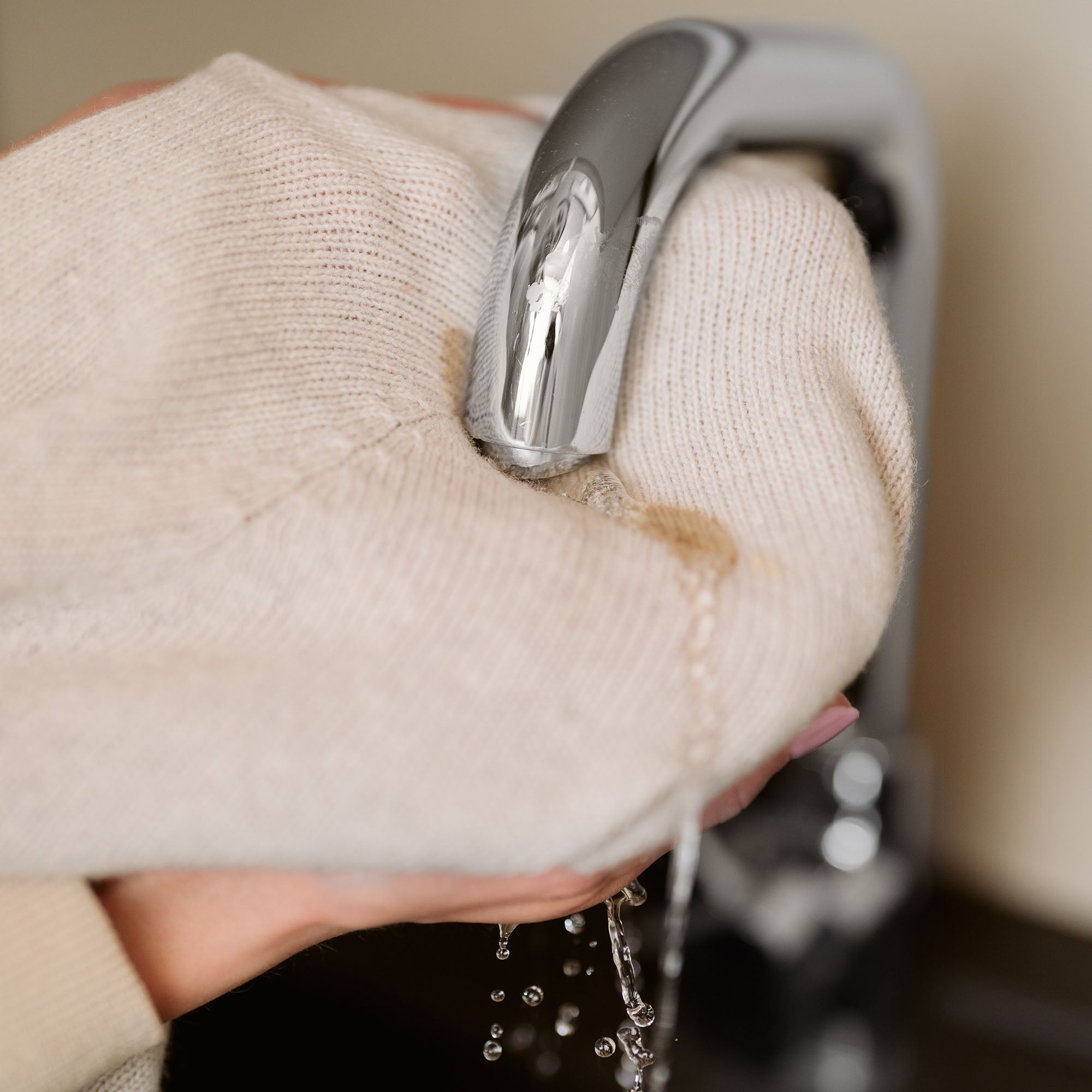
Fresh stain removal
Cleaning is quick when you hand-wash a simple stain as soon as it's fresh. Place the stain on the tap nozzle and let the water pass through the needle. Even difficult stains have been found to disappear with this treatment.
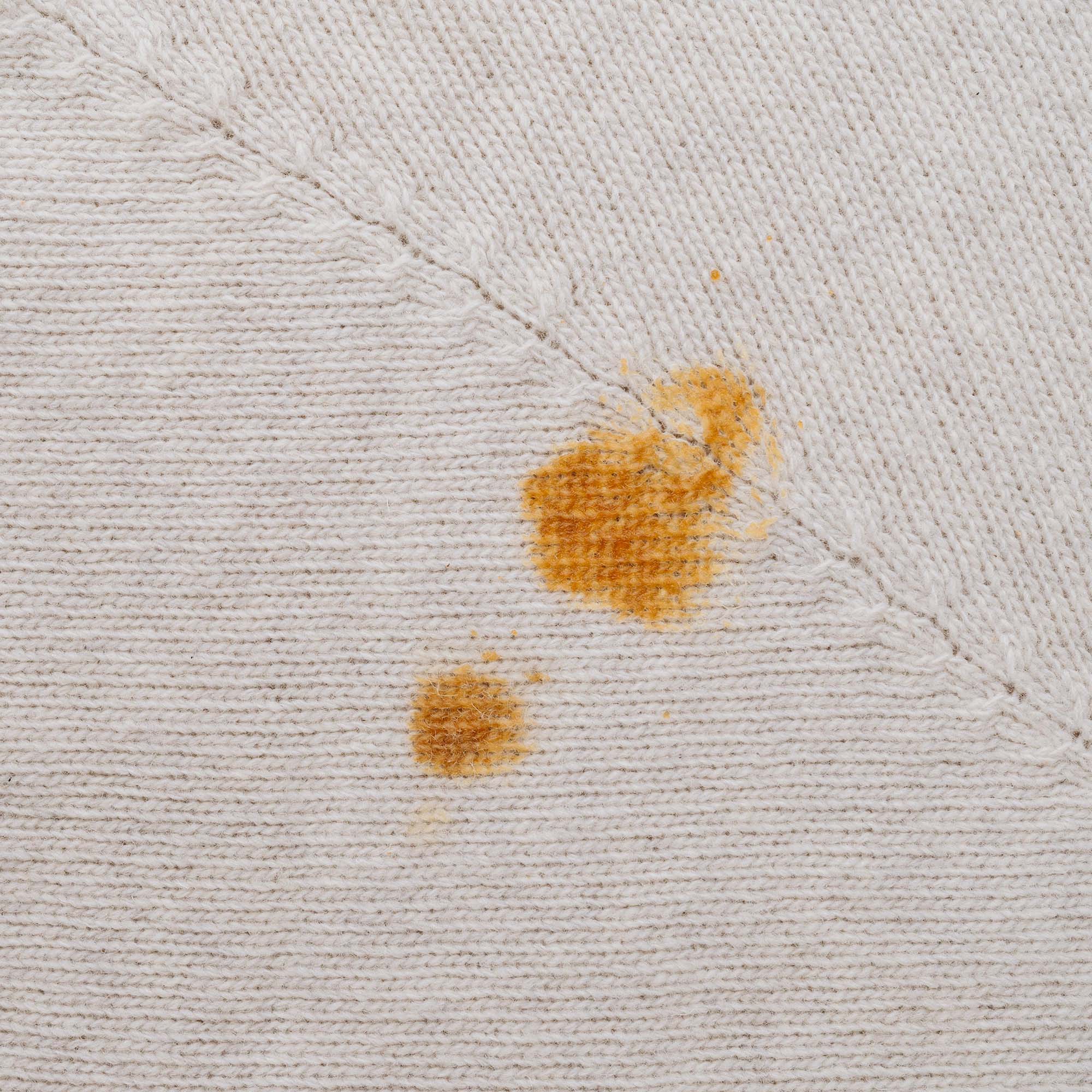
Removal of stubborn stains
If the stain has been on the garment for a long time, or if the stain cannot be cleaned by just rinsing with water, a mildly alkaline stain remover such as bile soap can be used to remove the stain.


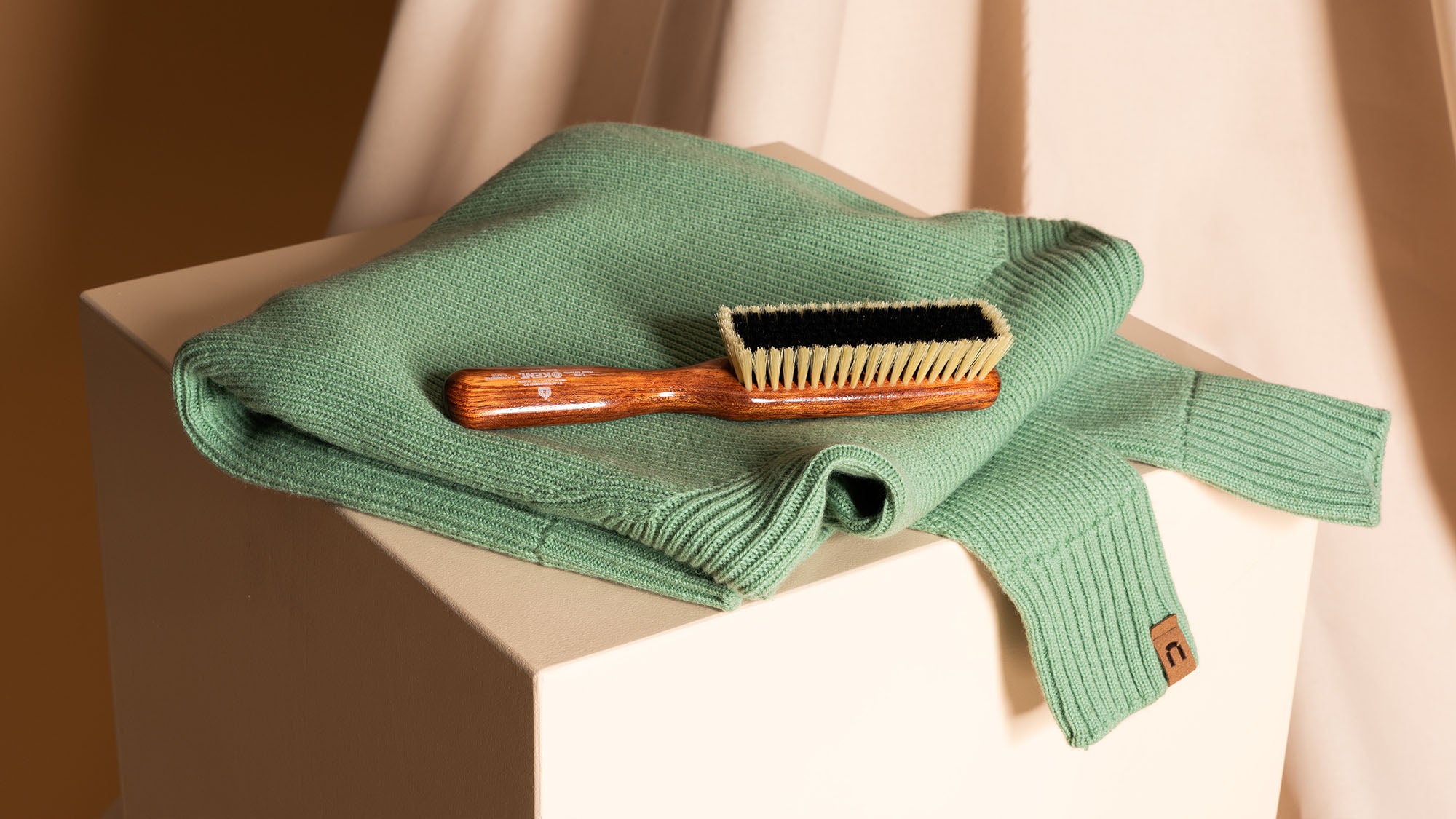
Brushing of marine clothing
Clothes brush suitable for the maintenance of all North Outdoor marine wool products. Brushing removes lint and cleans loose lint, dust and hair from the knitwear. Regular brushing removes loose fibres from the surface of the knitwear, preventing linting. Wool knitwear in particular benefits from the use of a clothes brush.

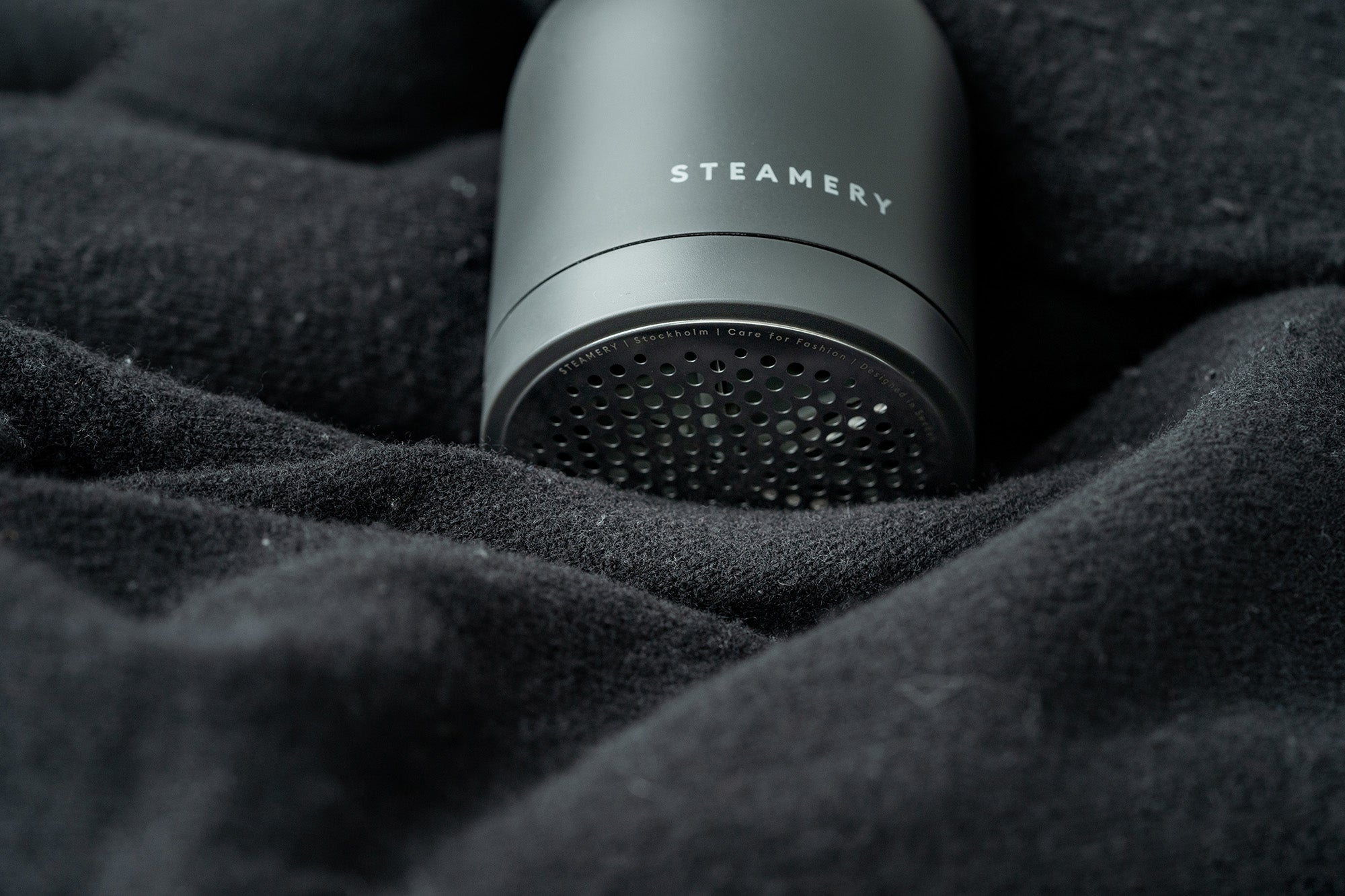
When wool garments are rubbed, wool fibres come loose and accumulate as lint. We recommend that our products are regularly lint remover the use of a regular dandruff remover. You can also pluck the doll balls with your fingers. Don't be alarmed by the linting. It's part of the nature of wool, and will diminish once most of the loose fibres have come loose.
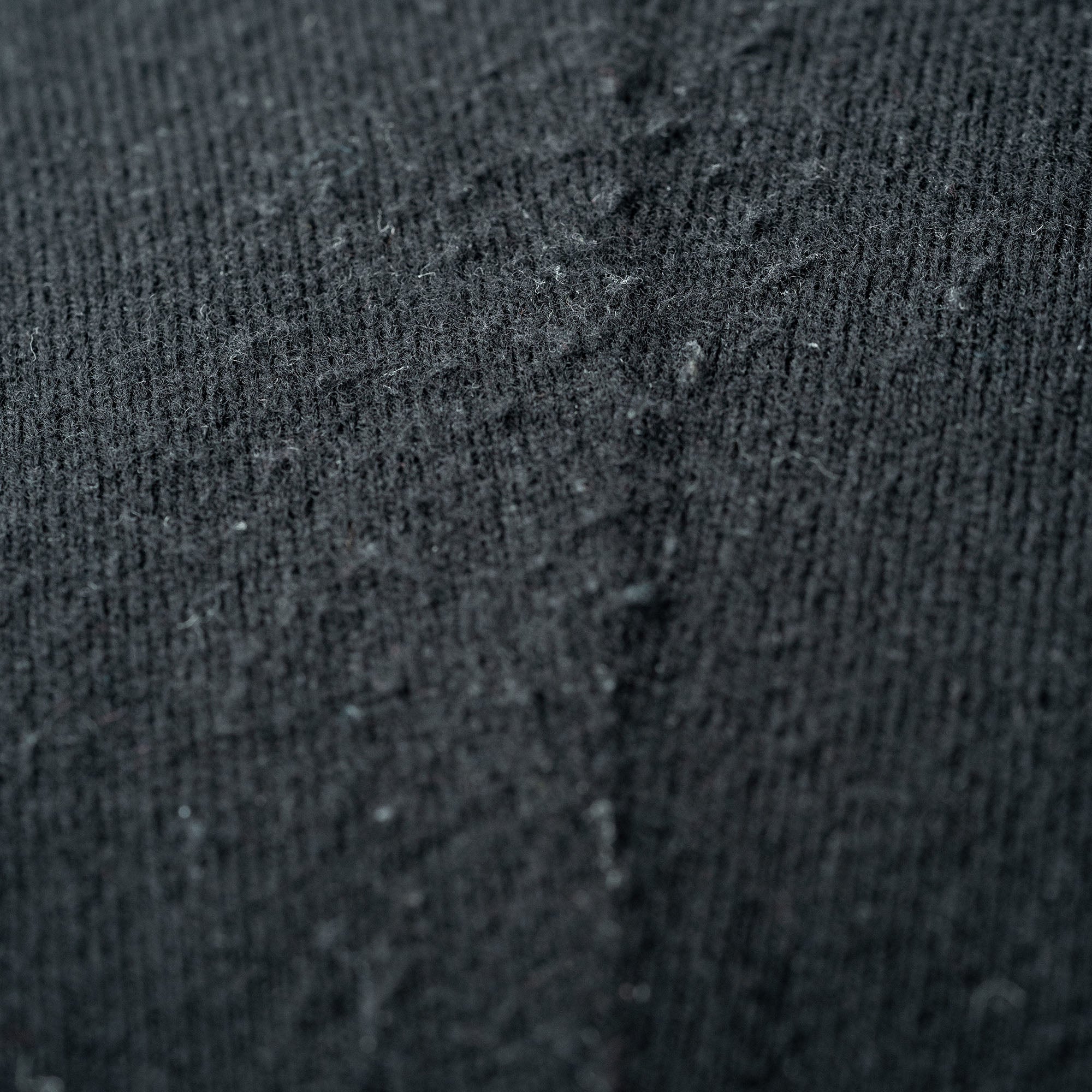
Before dandruff removal
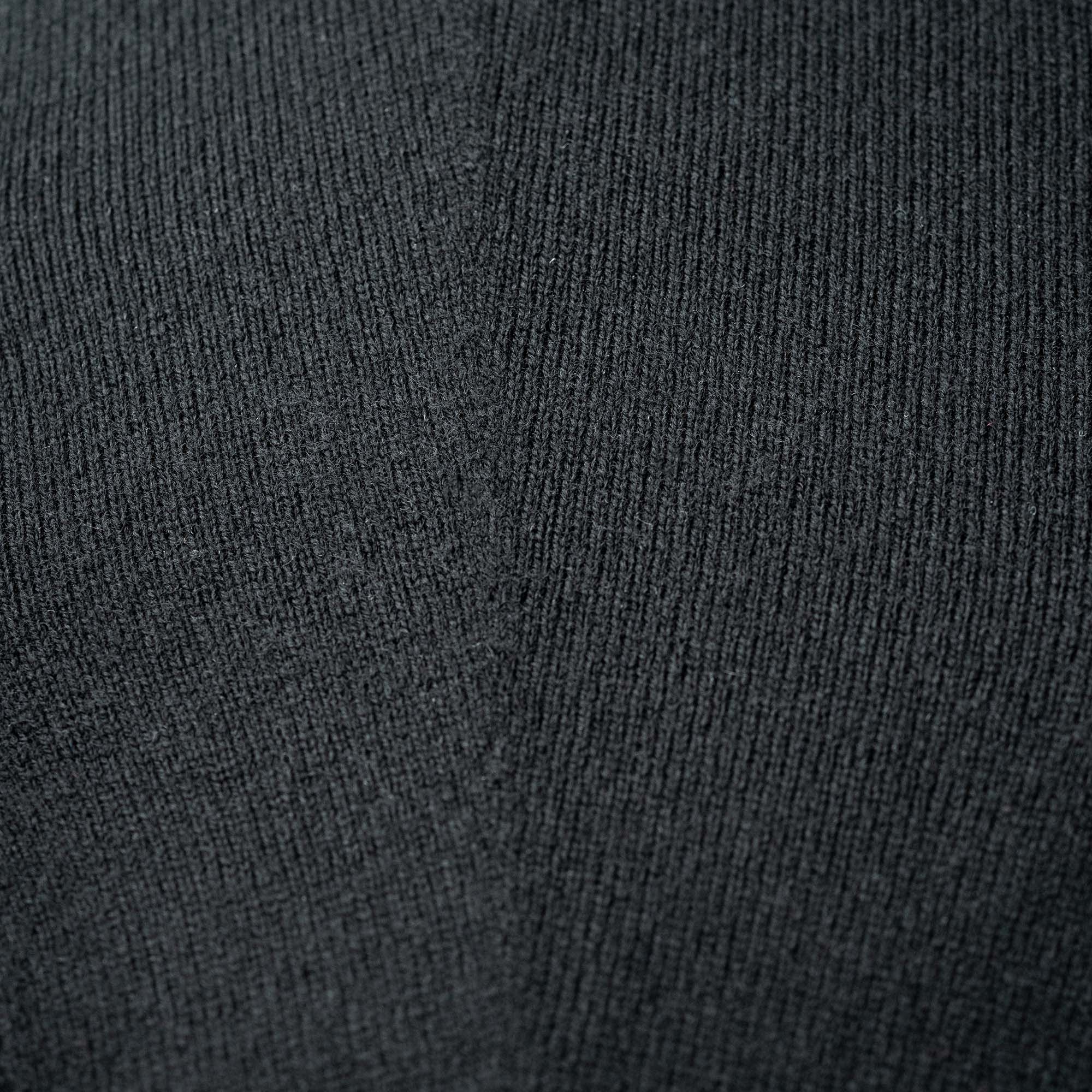
After deduplication
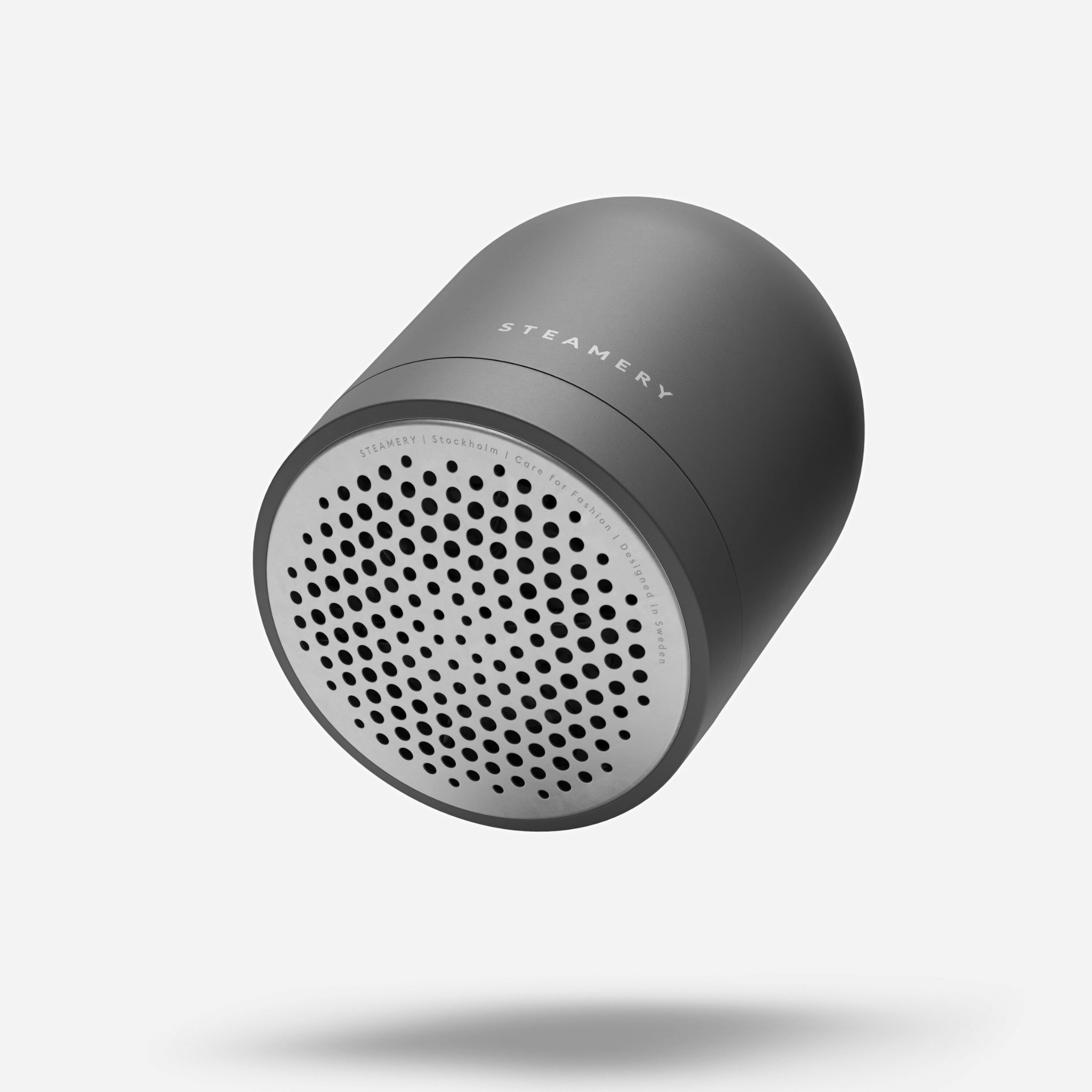
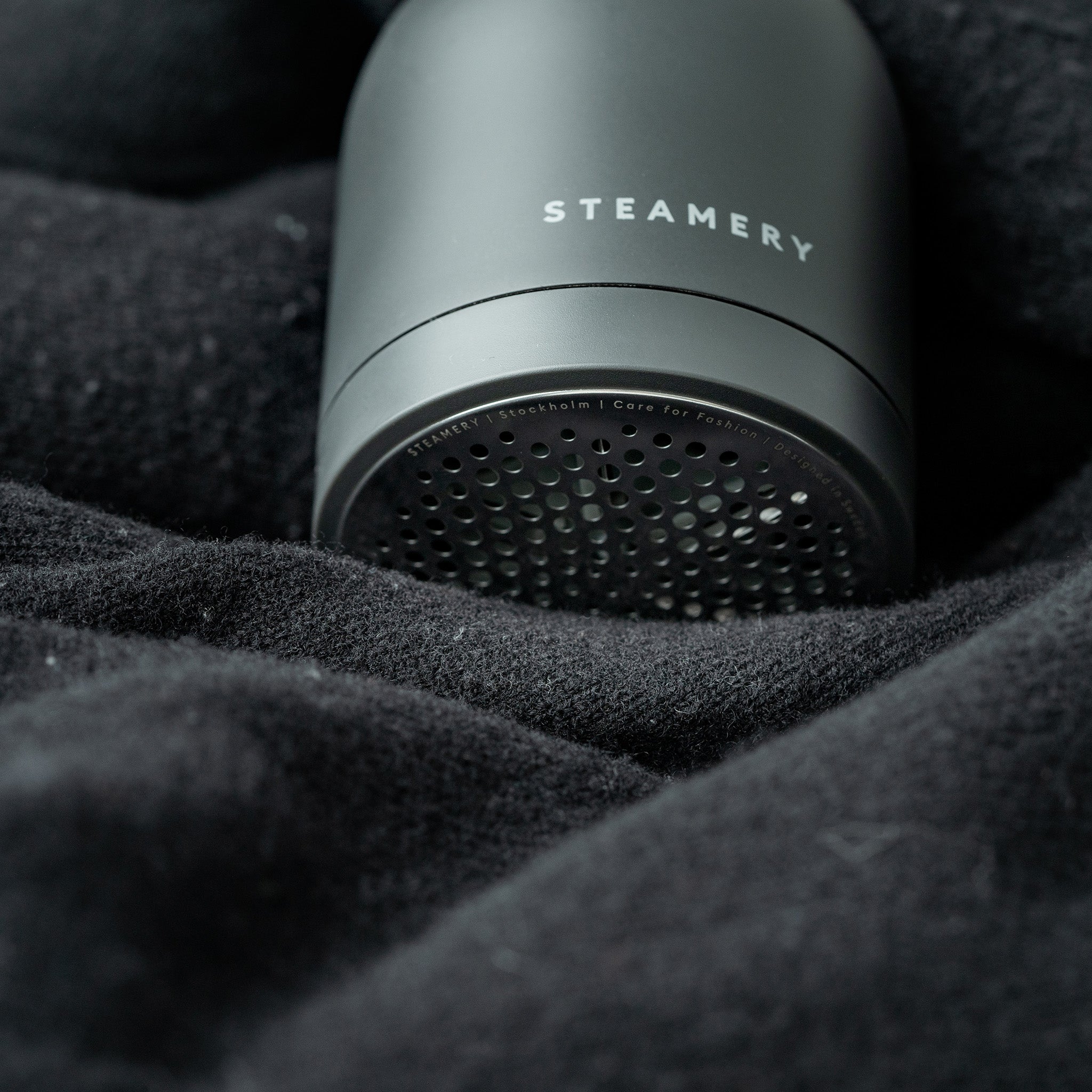
Steaming of the merino
The most convenient way to get rid of wrinkles and folds in merino wool garments by steaming. You can also iron the knitwear at the lowest temperature of the iron. Use steam also for ironing.



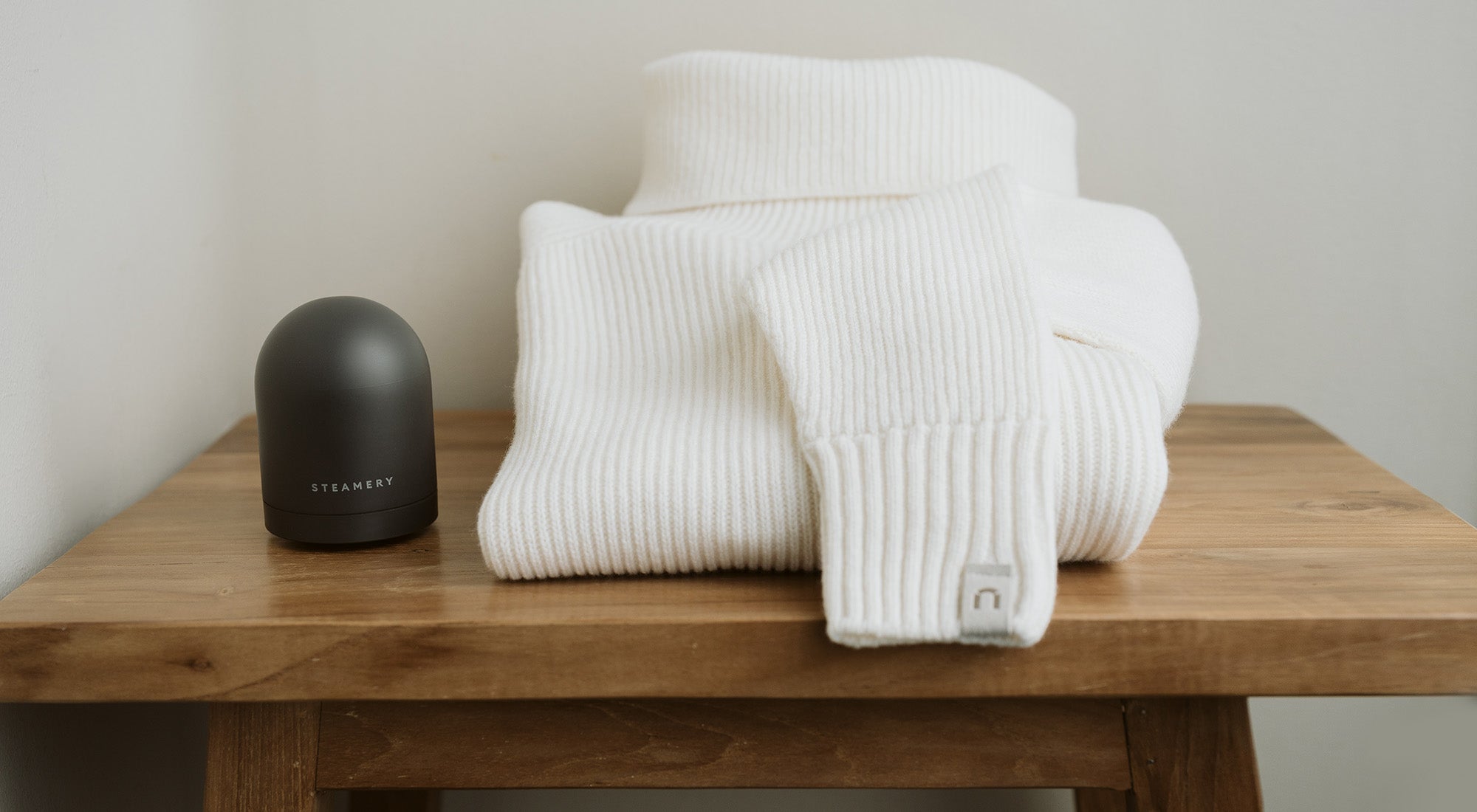
Always store woolen clothes folded instead of hanging them. Wool knitwear stretches unnecessarily on the hanger, especially around the shoulders. A great choice for seasonal storage is a product box from North Outdoor, for example.



